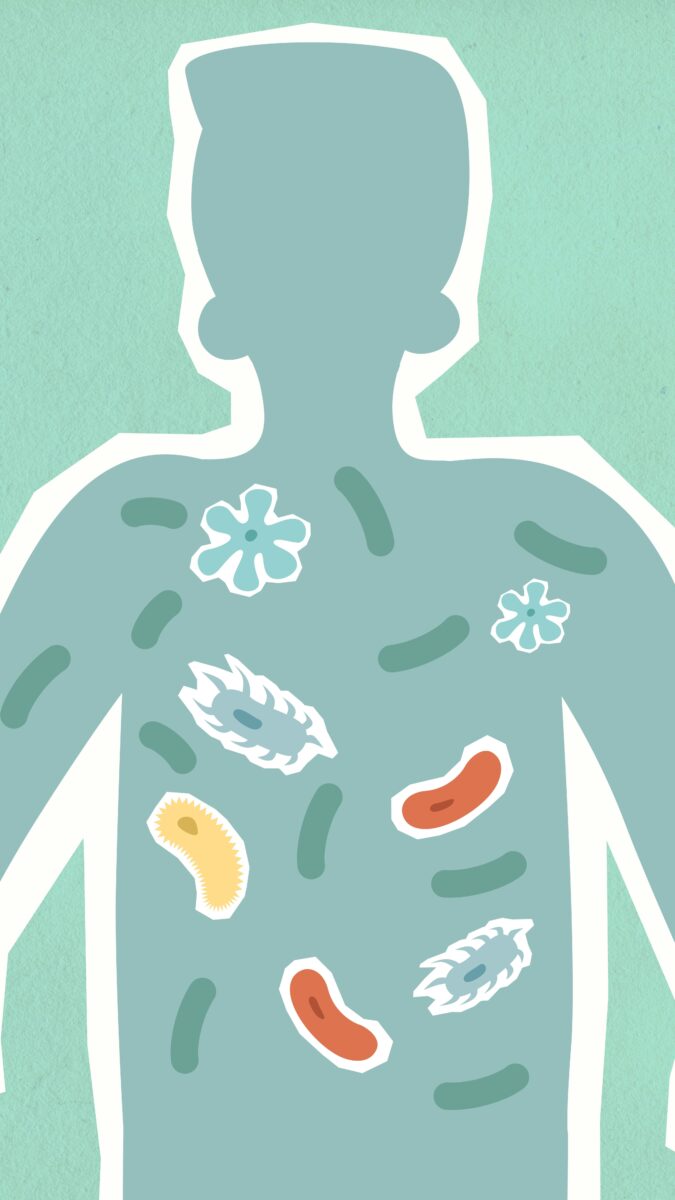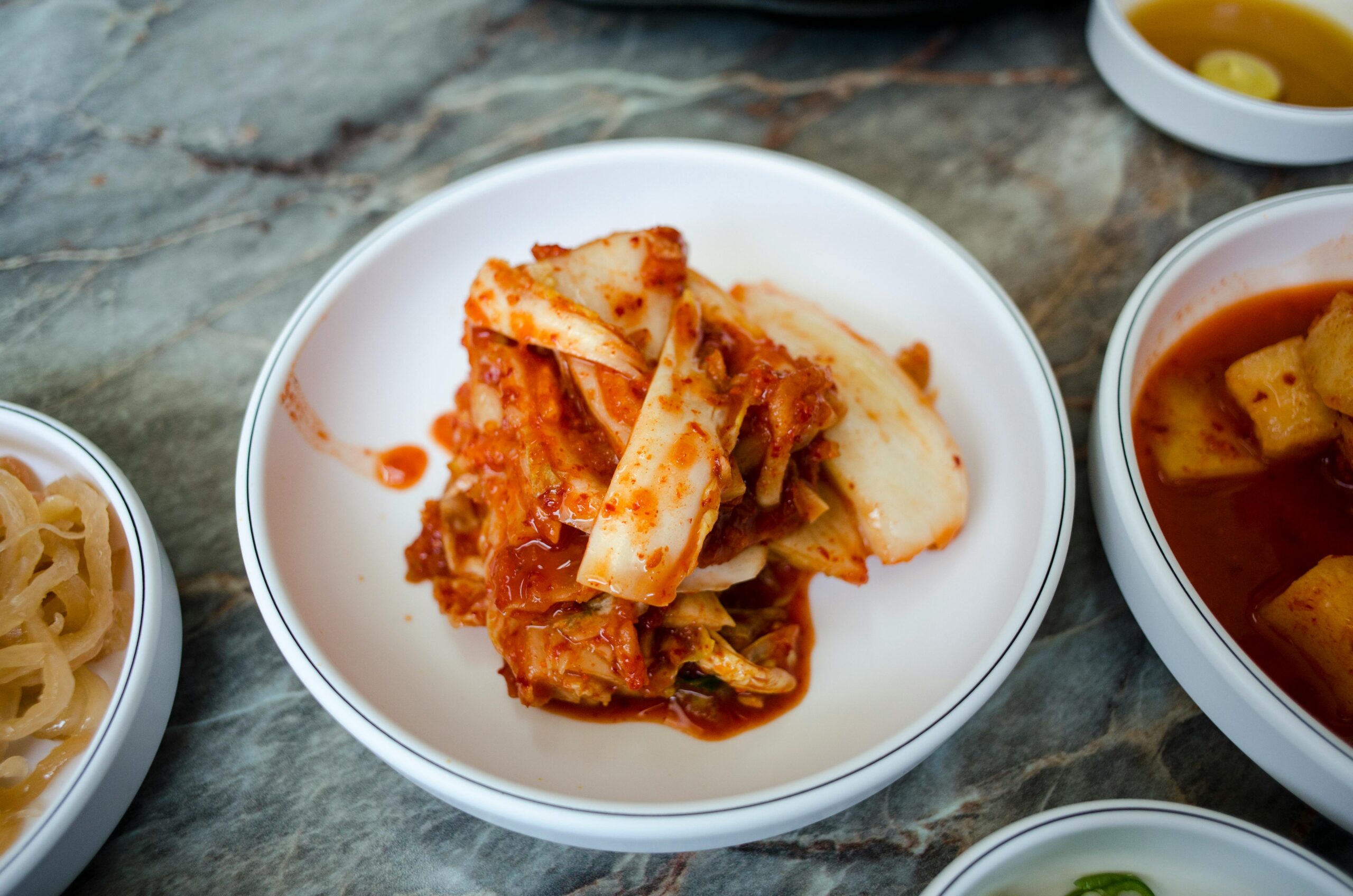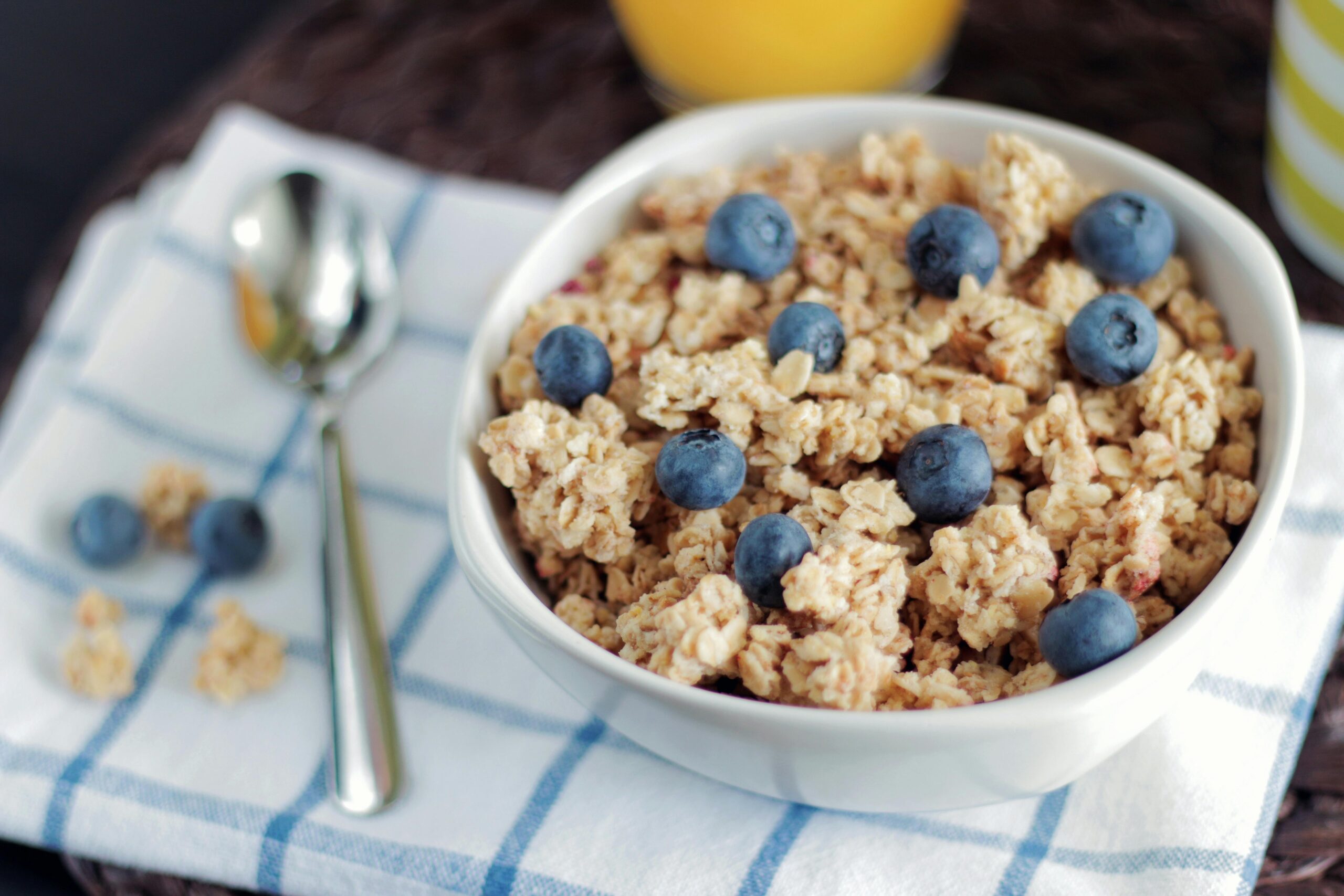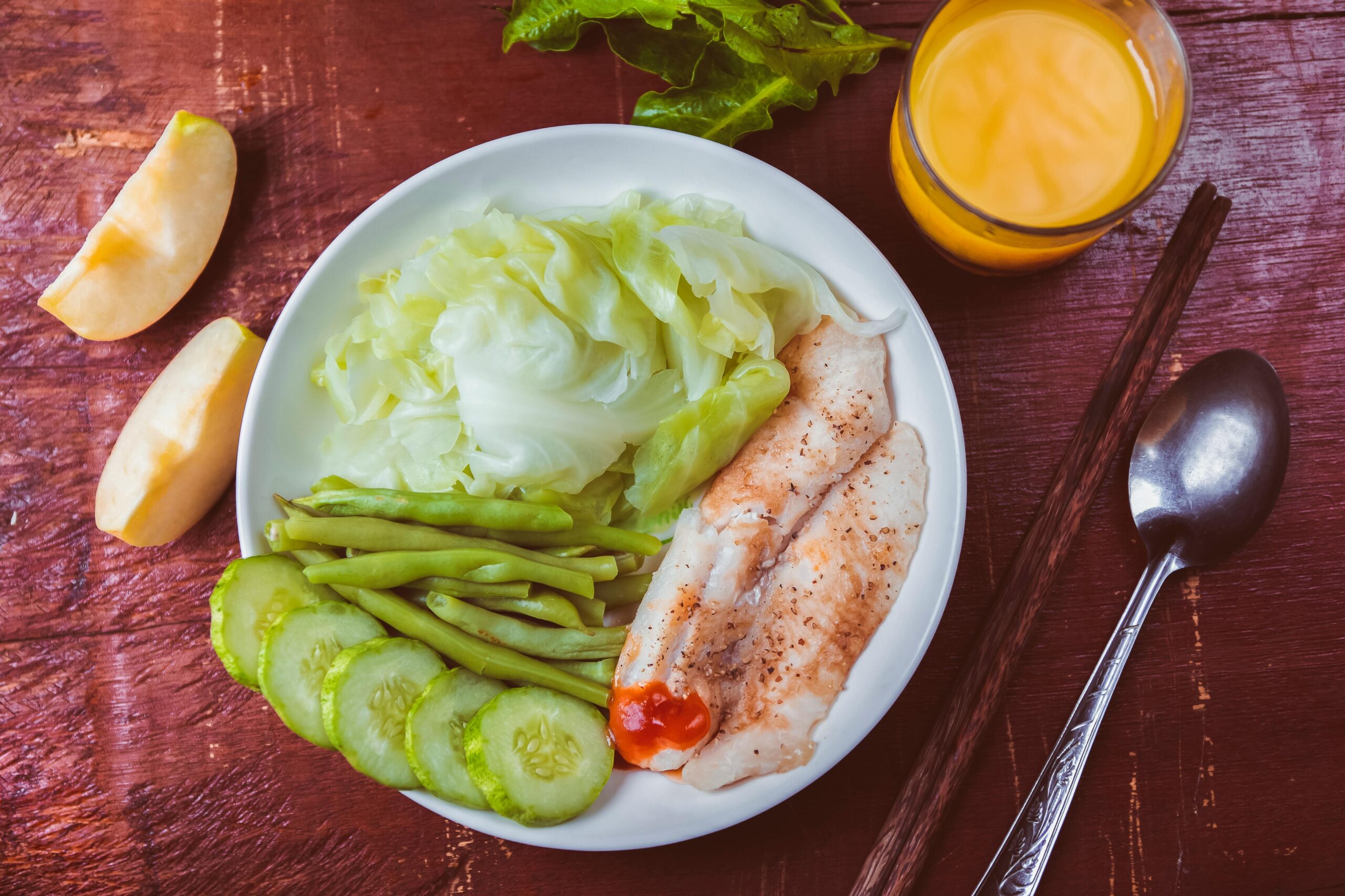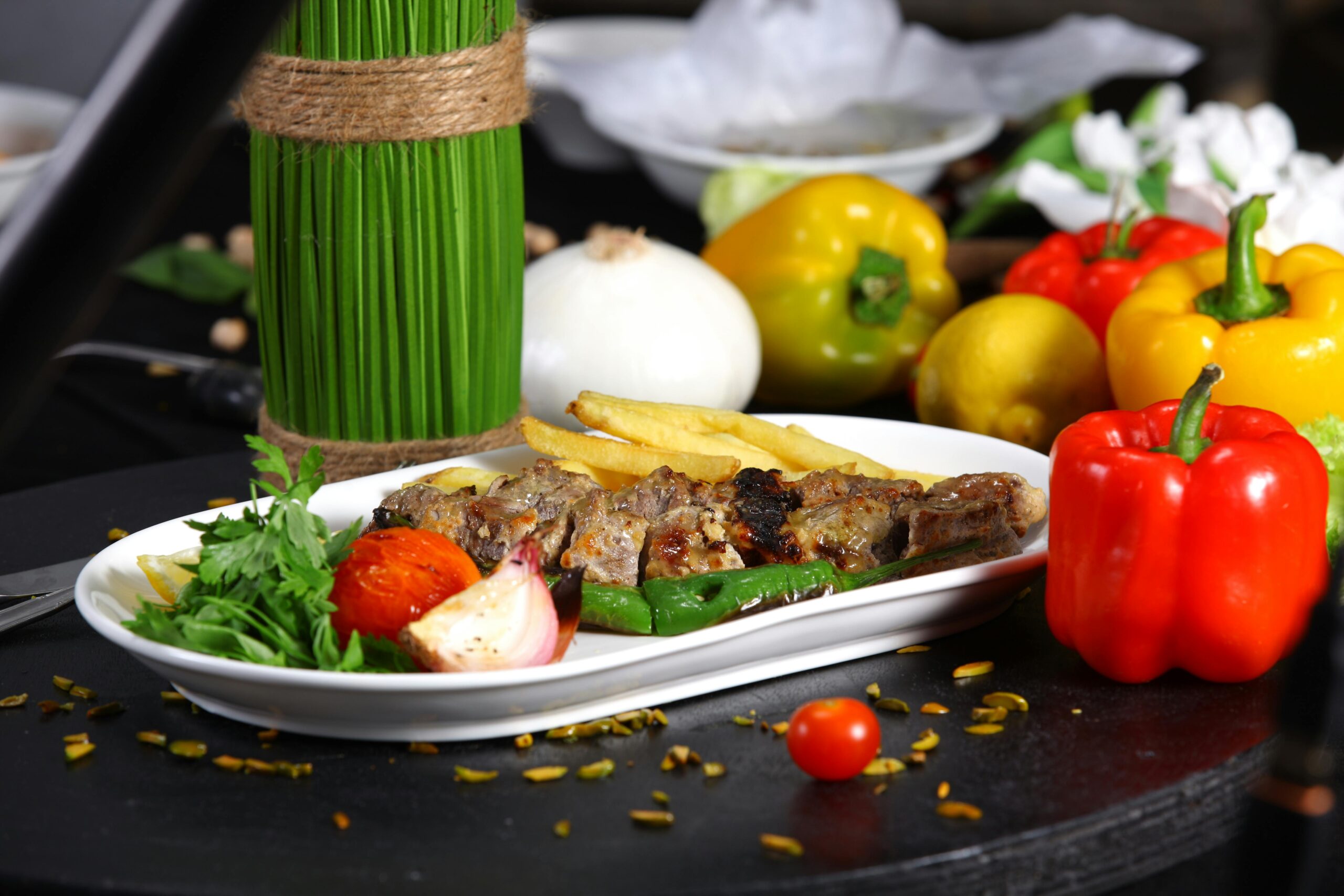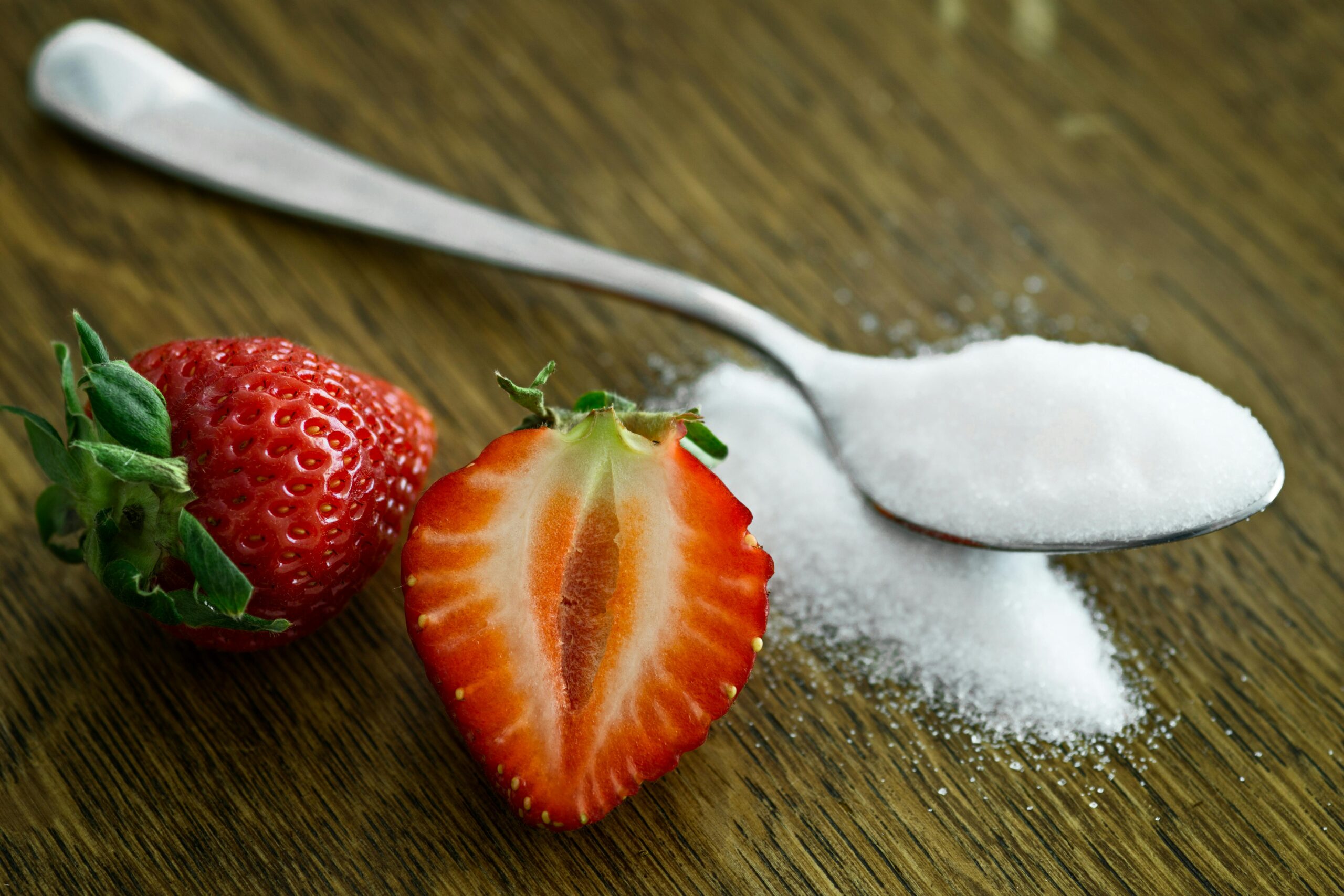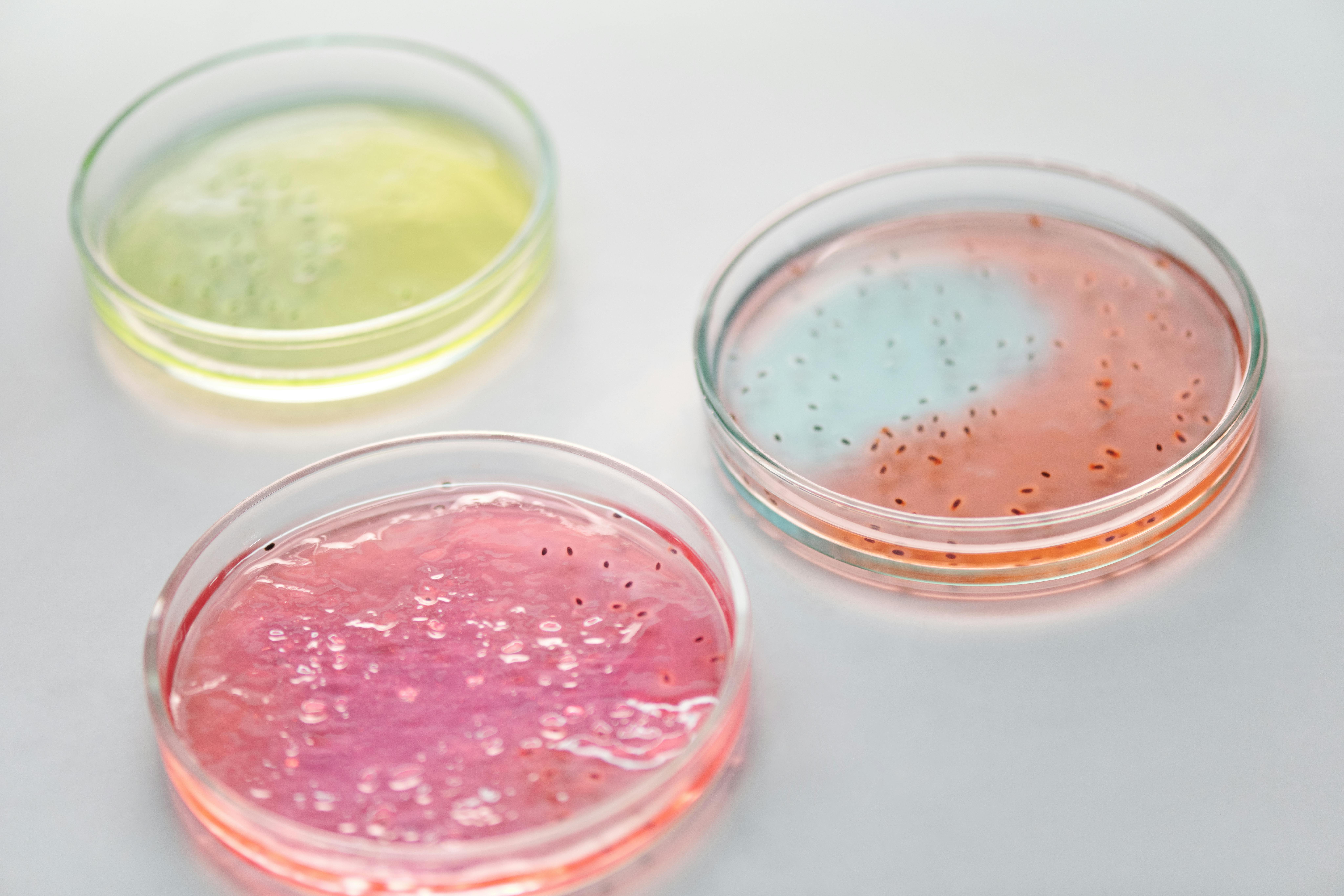Could the secret to a longer, healthier life for your heart lie not in your medicine cabinet, but in your gut? For years, we’ve focused on the usual suspects for heart problems: cholesterol, blood pressure, and diet. But what if a silent partner, living right inside you, has been playing a much larger role in how your arteries age? New research from Switzerland reveals a surprising connection: certain gut bacteria and their byproducts could be accelerating the aging of your blood vessels, leading to stiffer arteries and increasing your risk for heart disease. This groundbreaking discovery suggests that managing your gut microbiome — the vast community of microbes living inside you — might be a powerful new way to protect your heart as you get older.
This isn’t just about what you eat; it’s about what your gut bacteria do with it. Scientists have honed in on a substance called phenylacetic acid, or PAA. This chemical is a leftover product when certain gut bacteria break down an amino acid called phenylalanine, which is found in many everyday foods like meat and dairy. As we age, PAA levels in our bodies tend to go up. But here’s the critical part: these aren’t just harmless chemicals. Research now shows that PAA, along with a related compound, actively damages the delicate inner lining of your blood vessels. This damage leads to “cellular senescence,” essentially a form of cellular aging where cells stop working properly and start causing trouble. It’s like your internal plumbing getting rusty and stiff, making it harder for blood to flow smoothly and efficiently.
Unmasking the Gut’s Role in Arterial Aging
The detailed study, published in the prestigious journal Nature Aging, dives deep into this unseen process. Our intestines are home to trillions of bacteria, diligently processing the food we consume. These tiny residents create countless metabolic byproducts, and we’re only just beginning to understand their full impact on our health. Dr. Seyed Soheil Saeedi Saravi and his team at the University of Zurich set out to explore how this microbial community changes with age and, more importantly, whether these changes affect our heart and blood vessels.
Their investigation started by looking at PAA and a related compound called phenylacetylglutamine (PAGln). They noticed that these chemicals were present in higher concentrations in the blood of both older humans and older mice. To figure out why, they performed advanced genetic analysis on gut bacteria samples. This analysis revealed that older individuals and mice had more of the specific microbial pathways that produce PAA. They even identified a key bacterium, Clostridium sp. ASF356, as a major producer of PAA. This finding was akin to discovering a specific factory in the gut that was churning out this “aging chemical.”
How PAA Damages Your Blood Vessels
To confirm their suspicions about PAA, the researchers conducted a series of careful experiments. They introduced the PAA-producing bacterium Clostridium sp. ASF356 into young, healthy mice that had their existing gut bacteria cleared out. The findings were striking: these mice quickly developed higher levels of PAA in their blood, mirroring what was seen in naturally aged mice and humans. More importantly, their blood vessels began to show signs of premature aging and dysfunction.
What does “vessel aging” mean for our bodies? The inner lining of our blood vessels, called endothelial cells, are vital for healthy blood flow. When these cells age, or become “senescent,” they essentially stop doing their job effectively. They stop dividing, accumulate damage to their DNA, and, alarmingly, begin releasing inflammatory molecules. This collection of harmful secretions is known as the “senescence-associated secretory phenotype” or SASP. In the mice exposed to the PAA-producing bacteria, these aged endothelial cells became widespread, causing arteries to stiffen and reducing the body’s ability to grow new blood vessels, a crucial process called angiogenesis, which is essential for healing and maintaining healthy tissues.
The researchers also directly tested PAA’s impact by exposing human blood vessel cells to it in a lab dish. These cells quickly showed all the signs of aging: they stopped growing, showed DNA damage, and started releasing inflammatory substances, precisely like the aging process seen in older human cells and the bacteria-colonized mice. This powerful evidence points to PAA not just being present with aging, but actively causing cellular aging in our blood vessels.
The Gut’s Good Guys: A Natural Antidote
It’s not all bad news from your gut, though. The same research team discovered that our microbiome also produces substances that are good for our blood vessels. One such substance is acetate, a short-chain fatty acid. Our beneficial gut bacteria make acetate when they break down dietary fibers and other complex carbohydrates in our intestines. Acetate acts as a natural “senomorphic” – a compound that can counteract cellular aging.
The study showed that acetate levels are significantly lower in aged mice. When PAA-exposed aging endothelial cells were treated with sodium acetate, their health improved dramatically. Acetate helped them regain their ability to divide and repair themselves, reduced the harmful inflammatory secretions (SASP), and even lessened DNA damage. It effectively helped the aging cells recover their youthful functions and restored their ability to form new blood vessels. This “rejuvenating” effect of acetate is linked to its ability to restore the cells’ energy balance and activate important protective pathways, particularly through a protein called Sirt1, which is known for its role in healthy aging processes.
Interestingly, the researchers found that as we get older, the number of acetate-producing bacteria in our gut decreases. This creates a kind of double-whammy: more bacteria producing the harmful PAA, and fewer bacteria producing the protective acetate.
Your Gut, Your Heart, Your Future
This comprehensive study, involving thousands of human participants from the TwinsUK cohort (a large study of twins that helps researchers understand genetic and environmental influences on health), alongside detailed mouse and lab experiments, paints a compelling picture. It strongly indicates that the aging process of our cardiovascular system is deeply connected to our gut microbiome. The delicate balance between “bad” bacteria churning out harmful metabolites like PAA and “good” bacteria producing protective ones like acetate appears to be a crucial factor in how healthy our blood vessels remain as we age.
These findings open up exciting new avenues for future health strategies. Could simply changing our diet to favor acetate-producing bacteria and reduce PAA-producing ones be a key? The researchers suggest that increasing dietary fibers and foods rich in antioxidants and anti-inflammatory properties could boost the body’s natural “fountain of youth.” Conversely, limiting foods high in phenylalanine, such as red meat, dairy products, and certain artificial sweeteners, might help slow down vascular aging by reducing PAA production. Beyond diet, the research team is also exploring medications and even specially designed bacteria that could curb PAA formation, offering a promising, targeted approach to keeping our vessels young and healthy.
This research underscores a powerful message: what’s happening in your gut has a profound and direct impact on your cardiovascular health as you age. Paying attention to your gut microbiome could prove to be as important as managing your blood pressure or cholesterol in the ongoing battle against heart disease.
Paper Summary
Methodology
This study investigated the link between gut bacteria metabolites and blood vessel aging. It involved plasma and gut bacteria analysis from over 7,300 participants in the TwinsUK human aging cohort. Mouse models (young and aged) were used, along with experiments colonizing mice with Clostridium sp. ASF356 or treating them with PAA. In vitro experiments with human aortic endothelial cells tested PAA’s effects and acetate’s therapeutic potential.
Results
Higher levels of phenylacetic acid (PAA) and phenylacetylglutamine (PAGln) were found in older humans and mice, linked to the PAA-producing bacterium Clostridium sp. ASF356. PAA directly induced aging (senescence) in blood vessel cells, leading to inflammation and impaired function. Conversely, beneficial acetate levels decreased with age. Acetate treatment reversed PAA-induced cellular aging and restored blood vessel cell function, acting as a “senomorphic” via Sirt1 activation.
Limitations
The study noted a need for more direct human vascular function assessments and further investigation into the precise dose-dependent effects of acetate. Future studies should integrate longitudinal microbiome-metabolome profiling with vascular imaging in humans for a more comprehensive understanding of PAA’s role in aging.
Funding and Disclosures
Funding was provided by the Swiss National Science Foundation, Stiftung Kardio, and the Swiss Heart Foundation. No competing interests were disclosed.
Publication Information
Title: Gut microbiota-dependent increase in phenylacetic acid induces endothelial cell senescence during aging. Authors: Seyed Soheil Saeedi Saravi and colleagues. Journal: Nature Aging. DOI: https://doi.org/10.1038/s43587-025-00864-8. Published online: May 12, 2025.
